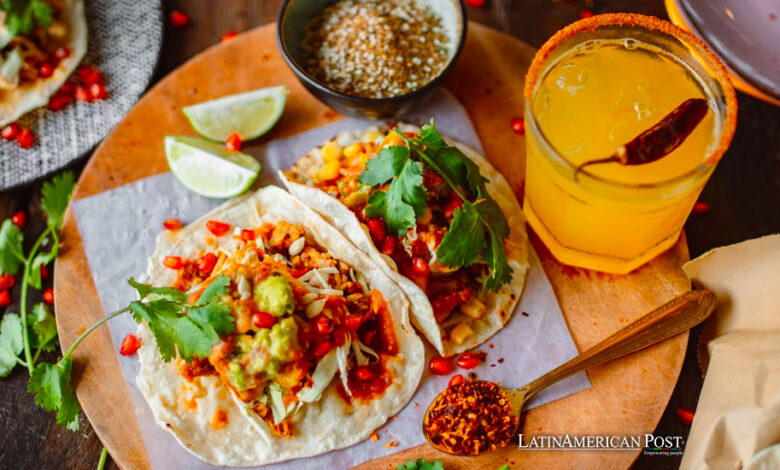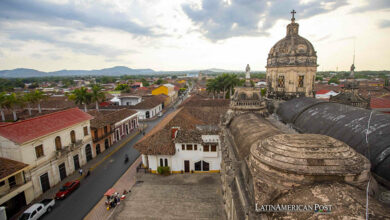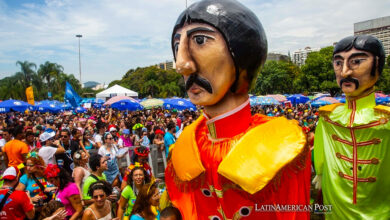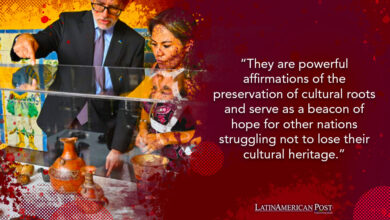Beyond Tacos and Empanadas: Unveiling the Rich Culinary Mosaic of Latin America

Latin America’s culinary landscape is a vibrant tapestry woven from the region’s diverse cultures, ingredients, and traditions. Moving beyond tacos and empanadas, this exploration delves into the lesser-known regional specialties and innovative chefs redefining traditional cuisine for a global palate.
Latin America, characterized by its diverse landscapes and cultures, offers a culinary tradition as varied and vibrant as its people. Each area brings unique flavors and cooking techniques, from the high Andean peaks to the vast Amazonian rainforests. This feature aims to journey through the rich mosaic of Latin American cuisine, spotlighting regional specialties, fusion cuisines, and creative minds revolutionizing traditional dishes for a worldwide audience.
The Andean Plateau: Ancient Grains and High-Altitude Flavors
In the highlands of Peru and Bolivia, ancient grains like quinoa and amaranth form the basis of traditional diets. These grains, cultivated for thousands of years, are now finding their way onto international menus, thanks to their health benefits and versatile nature. In Peru, chefs like Virgilio Martínez are elevating these humble ingredients at his restaurant Central, which explores the biodiversity of Peru by serving dishes inspired by different altitudes and ecosystems.
The Amazon Basin: A Treasure Trove of Biodiversity
The Amazon rainforest, sprawling across countries like Brazil, Colombia, and Ecuador, is home to ingredients unknown to much of the world. Chefs are tapping into this bounty to create dishes that highlight the flavors of the forest. In Brazil, chef Alex Atala’s restaurant D.O.M. has been instrumental in introducing Amazonian ingredients to fine dining. His use of products like tucupi (a sauce made from wild manioc) and jambu (a herb that numbs the mouth) has revolutionized Brazilian cuisine, showcasing the country’s rich ingredient palette.
The Southern Cone: From Asado to Seafood
The cuisine in Southern Cone, particularly in Argentina and Chile, reflects the vast grasslands and extensive coastline. Argentina is famed for its asado (barbecue), a culinary tradition around social gatherings. Meanwhile, thanks to its long coastline, Chile boasts a rich variety of seafood. Here, dishes like curanto, a traditional method of cooking seafood, meat, and vegetables in a pit dug in the ground, highlight the indigenous Mapuche influence on Chilean cuisine.
Central America: A Melting Pot of Influences
Central America, bridging North and South America, offers a culinary tradition influenced by indigenous, African, and Spanish cultures. In Nicaragua and Honduras, coconut plays a significant role in coastal cuisine, featured in dishes like rondón, a hearty stew made with fish, coconut milk, and root vegetables. Meanwhile, El Salvador’s national dish, pupusas (stuffed corn tortillas), demonstrates the region’s ability to turn simple ingredients into beloved national dishes.
The Caribbean: Fusion Flavors
The Caribbean’s culinary scene is a testament to its history of colonization and migration, blending African, European, Asian, and indigenous influences. In Cuba, ropa vieja (shredded beef in tomato sauce) showcases Spanish influence. At the same time, in the Dominican Republic, la Bandera (a dish of rice, beans, meat, and salad) reflects the island’s agricultural bounty.
Modern Innovations: Chefs Reinventing Tradition
Across Latin America, chefs are reimagining traditional dishes for a global audience. Enrique Olvera’s Pujol in Mexico City serves contemporary Mexican cuisine that respects ancient techniques while embracing modernity. His mole madre, a mole sauce aged over a thousand days, epitomizes this approach.
Similarly, in Argentina, Francis Mallmann celebrates the country’s love affair with fire, using traditional Patagonian methods to cook meats and vegetables. His approach has garnered international acclaim, highlighting Argentine cuisine’s rustic yet sophisticated flavors.
Also read: Blancos y Negros Carnival: A Kaleidoscope of Colombia’s Cultural Heritage
Conclusion: A Culinary Journey Without Borders
Latin America’s culinary diversity reflects its environmental richness and cultural history. As chefs continue to explore and innovate, they preserve traditional practices and introduce the world to new flavors and techniques. This journey through the region’s kitchens reveals a dynamic and evolving culinary landscape where tradition and innovation coexist harmoniously. It’s a testament that Latin American cuisine cannot be defined by tacos and empanadas alone. It is a complex, diverse, and delicious tapestry of tastes to be explored.





